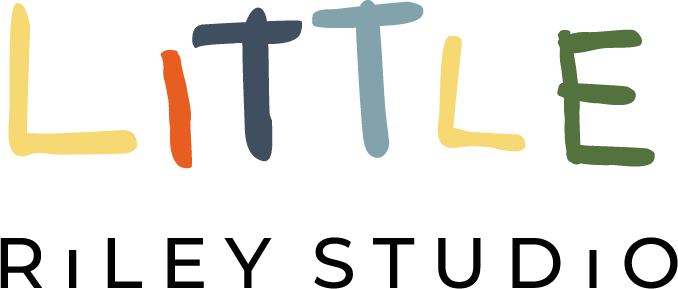Today is International Women’s Day, and each year we use it as an opportunity to highlight Sustainable Development Goal 5: Achieve Gender Equality and Empower all Women and Girls. With women representing half of the global population, unlocking their potential and allowing them equal rights will change the world, for the better.
A recent study, The Power of Parity, found that the global economy would grow by an estimated $28 trillion by the year 2025 if women participated in the economy to the same degree as men.
Although progress has been made, gender inequality is still prevalent and exists in every country around the world. As of last year, no country was on track to achieve gender equality by 2030 as set out by the SDGs. The inaugural SDG Gender Index, developed by the Equal Measures 2030 partnership, found that 2.8 billion women and girls currently live in countries that are not doing enough to improve women’s lives. Regardless of where you live, gender equality is a fundamental human right, and is essential for achieving a prosperous and sustainable world.
If you want to learn more about Gender Equality, we recommend reading The Moment of Lift by Melinda Gates and Why Women Will Save the Planet by Friends of the Earth.
What are the Sustainable Development Goals?
The Sustainable Development Goals (SGDs) are a collection of 17 global goals set by the United Nations in 2015 and are part of the 2030 Agenda for Sustainable Development, adopted by all United Nations Member States. It provides a shared blueprint for peace and prosperity for people and the planet, now and into the future.
The SDGs are a call for action by all countries – developed and developing – in a global partnership. They recognise that ending poverty and other deprivations must go hand-in-hand with strategies that improve health and education, reduce inequality, and spur economic growth – all while tackling climate change and working to preserve our forests and oceans. A huge but vitally important task!
What is SDG 5?
SDG 5 focuses on achieving gender equality and empowering women and girls.
The goal contains specific targets to eliminate all forms of violence against women and girls, end female genital mutilation and child marriage, ensure universal access to sexual and reproductive healthcare, uphold women’s reproductive rights and tackle the root of gender inequality - such as legal discrimination, unfair social norms and attitudes and political participation.
What Progress Has Been Made?
While some indicators of gender equality are progressing, such as a significant decline in the prevalence of female genital mutilation and early marriage, the overall numbers continue to be high. Insufficient progress on structural issues are hindering progress towards achieving SDG 5.
UN Women released a report titled, Progress on the Sustainable Development Goals - The Gender Snapshot 2019, which you can read here. It highlights that gender equality affects each of the SDGs and they are all interlinked. Achieving gender equality is critical to achieving the other goals.
How Can I Help?
“If you are a girl, you can stay in school, help empower your female classmates to do the same and fight for your right to access sexual and reproductive health services. If you are a woman, you can address unconscious biases and implicit associations that form an unintended and often an invisible barrier to equal opportunity. If you are a man or a boy, you can work alongside women and girls to achieve gender equality and embrace healthy, respectful relationships. You can fund education campaigns to curb cultural practices like female genital mutilation and change harmful laws that limit the rights of women and girls and prevent them from achieving their full potential.”


Back to Our Journal